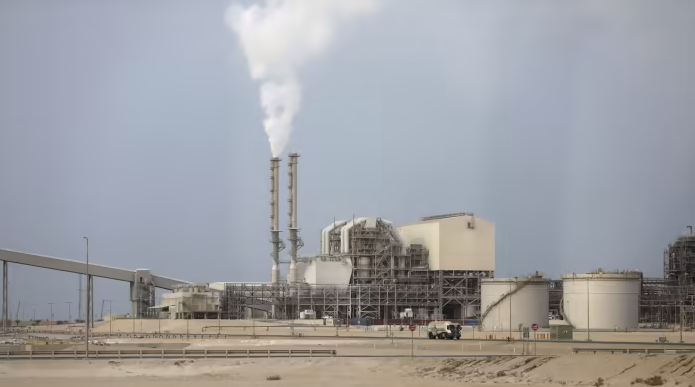
Exhibition time: 17-19 March, 2026 Shanghai, China
 中文
中文

Exhibition time: 17-19 March, 2026 Shanghai, China
 中文
中文

Saudi Arabia targets phosphates growth--Oil-rich kingdom looks to mining sector as it steps up diversification plans
Saudi Arabia is planning to increase its phosphate fertiliser production to capture a quarter of the global export market as it seeks to expand its mining sector and become less dependent on oil revenues, said senior officials.
The kingdom, already among the world’s leading phosphate exporters, along with China, the US, Russia and Morocco, plans to increase capacity by 50 per cent to produce 9mn tonnes of phosphate fertilisers a year, said Robert Wilt, the chief executive of the Saudi Ma’aden mining company.
Phosphate is mostly used in fertilisers, with global demand expected to grow as the population rises, and with it demand for food.
“Over the last few years, we have been working steadily to increase our production by building a new world-class phosphate complex in Saudi Arabia,” Wilt said. The new project “will serve 24 per cent of the global export market for Diammonium phosphate and Monoammonium phosphate products”.
Saudi Arabia is the world’s largest oil exporter, and its economy has historically risen or fallen based on oil prices. The kingdom now wants to diversify the economy away from oil and attract more foreign investment under a plan named Vision 2030. The government has turned to its long neglected mining sector to reach its goal.
Wilt said the new phosphate mining complex has identified reserves for 60 years of production. “With new expansions of local rail infrastructure, we were able to increase our phosphate production capacity to transport larger amounts of material from our facilities in the north to our facilities in the east,” where it is processed before export, he said.
The expansion is part of a broader plan to intensify mining and draw in foreign investors, said Bandar Alkhorayef, Saudi minister for industry and mining. “Saudi Arabia is definitely underexplored but according to our calculation we spend probably less than 20 per cent of the global average in exploration,” said Alkhorayef.
“There was a decision actually by the government in the past to focus on oil and gas and leave minerals for later, and with Vision 2030, later has come,” he said.
The ministry is also looking to explore fully the western part of Saudi Arabia, which holds a government estimated $1.3tn in mineral reserves, based on 2016 prices when the assessment was made, he said.
Alkhorayef said the country was looking to more than quadruple copper production from 90,000 to 400,000 tonnes, and increase zinc production to 60,000 tonnes by 2025. The ministry is auctioning exploration licences for copper and zinc as well as lead and iron under a new law that is meant to streamline investments.
“When we designed the new investment law we took this into account to make it simple, the investor has to deal only with us the ministry as a regulator,” he said.
Olivier Pasquier, an expert on the mining industry in Saudi Arabia, said the new law passed in late 2020 removed some of the obstacles that had deterred investors.
“It’s too early to see whether it’s working, but they have good overview of what the best practices are worldwide and they’re trying to replicate it here,” said Pasquier.
“They extended the length of mining licences. The old Saudi law allowed 30 years and now they extended it to 60 years. You also have better access to funding, because the mining sector is capital intensive.”
Source: Financial Times